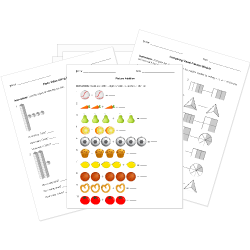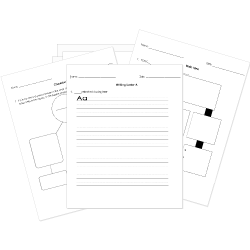Common Core Standard 7.SP.C.7b Questions
Develop a probability model (which may not be uniform) by observing frequencies in data generated from a chance process. For example, find the approximate probability that a spinning penny will land heads up or that a tossed paper cup will land open-end down. Do the outcomes for the spinning penny appear to be equally likely based on the observed frequencies?
You can create printable tests and worksheets from these questions on Common Core standard 7.SP.C.7b! Select one or more questions using the checkboxes above each question. Then click the add selected questions to a test button before moving to another page.







